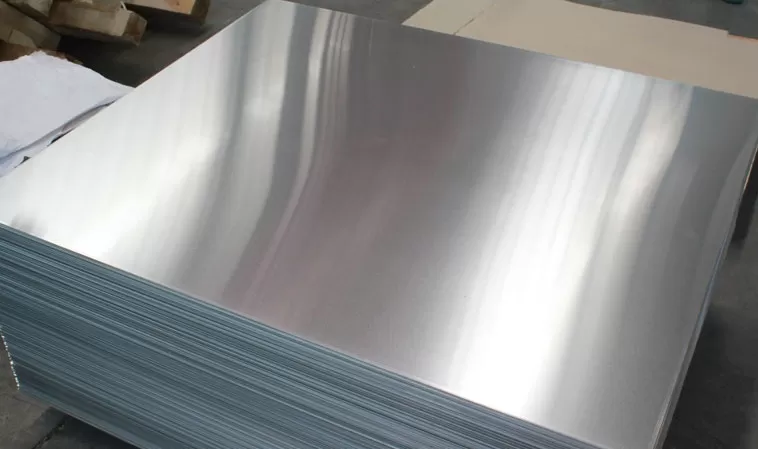In the hot continuous rolling production of stainless steel sheet, the two edges of the coil are prone to crack defects of different depths, which are called edge cracks or edge crack defects. On how to control the quality of this aspect, the following four related control technologies.
1. Enhance the surface quality of the original billet and reduce crack defects
If there are transverse cracks at the edge on the surface of the continuous casting slab, the cracks will continue to expand during the rolling process, which will cause cracks at the edge of the hot-rolled sheet. The continuous casting process should avoid the fluctuation of the pulling speed and better the side quality of the billet.
2. Furnace control
The ferrite content has a great influence on the high temperature plasticity of stainless steel. The important parameters affecting the ferrite content during the heating process are the heating temperature and heating time. For different heating temperatures, the ferrite content is the least when the temperature is kept at 1260 °C, while the ferrite content is relatively high at 1300 °C and 1290 °C. Therefore, in order to ensure the thermoplasticity of the stainless steel plate during processing, the heating temperature cannot be higher than 1270 °C.
The stainless steel plate cannot be over-burned during the heating process, so the furnace temperature control accuracy is higher than that of carbon steel. In order to avoid the phenomenon of carburization, the burner flame cannot be directly fired against the slab, so the temperature field of each heating section is required to be uniform, and the time in the furnace should not be too long. In the actual production process, excessive heating of stainless steel billets in the furnace and excessive time in the furnace can cause edge cracking defects during the rolling process. In addition, the biggest difference between the cooling and heating operation of stainless steel and carbon steel is that it is not allowed to be in the furnace. High heat preservation standby or rapid heating, the heating process should be slow. Therefore, the furnace time in the heating process is controlled at 200-240 minutes.

3. Rolling process
According to the characteristics of large deformation resistance and easy occurrence of edge cracks during the rolling process of stainless steel plates, to determine the rough rolling process system, it is necessary to first ensure the slab time in the furnace and the tapping temperature, and the RT2 temperature should be controlled above 1100 ℃. Under the circumstances, the rolling speed should be increased as much as possible, the temperature drop of rough rolling should be reduced, and all thermal insulation covers should be used to avoid excessive cooling of the edges and corners of the slab, resulting in edge cracking.
At the same time, a small side pressure is used for the finishing vertical roll to avoid excessive temperature drop at the edge to generate the second phase.
4. Control the use of cooling water during rolling
In order to make the strip rolled at a high temperature during the finishing rolling process, the cooling water of the strip should be strictly controlled. In order to avoid the difficulty of rolling caused by temperature drop, the target finish rolling outlet temperature of stainless steel is 1000℃-1020℃. For this reason, all the cooling water in the process from rough descaling to finishing rolling is checked, focusing on the possibility of splashing on the strip. The cooling water at the edge is treated, which can significantly reduce the possibility of edge cracking.